A surreal, experimental film aimed at the arthouse crowd, “Friend of the World” has big ideas but may be too muddled for mainstream audiences.
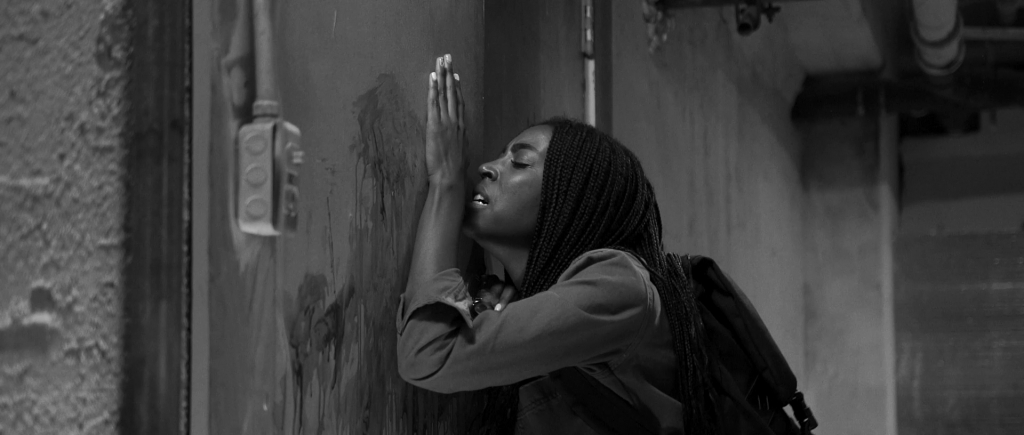
Over the past two years, there has been no shortage of pandemic-themed horror films.
Some of them, like the surprisingly great Zoom-based horror of 2020’s Host, have used quarantine-related restrictions as an excuse to get creative in a new medium. Others have mined the existential fear of a deadly virus, government-mandated lockdowns, and accompanying ideological divides for scares, from Michael Bay’s Songbird to (God help us) Corona Zombies.
I don’t think it’s a coincidence that most of the latter type also tend to be terrible.
When stepping outside our front door feels genuinely frightening, there’s little that horror can add to that experience other than to remind us of what we’re already living through. Personally, I’ve tried to avoid anything that feels like it’s referencing the pandemic, even in an oblique way.
Friend of the World, the feature film debut of writer/director Brian Butler, isn’t about the pandemic specifically (and was actually scripted and shot long before).
But the movie feels right at home in our current fractured, divisive cultural moment — even before any mention of an “antidote.”
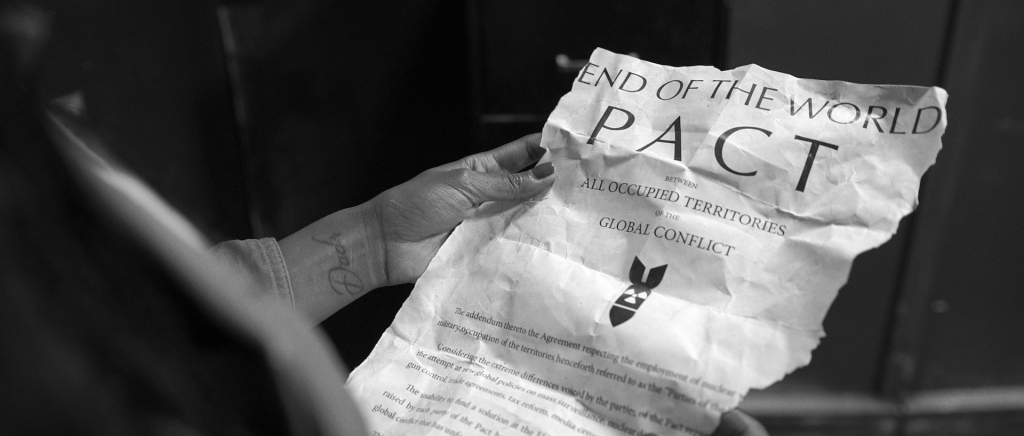
A young experimental filmmaker named Diane Keaton (Alexandra Slade) is the only survivor of some kind of mass casualty event.
She attempts to escape, and through a slightly convoluted series of events ends up being rescued by a barrel-chested former military man named, appropriately enough, Gore (Nick Young).
Gore fills her in on what she’s missed; in the wake of some kind of global conflict, the entire world has gone down the tubes, and she’s lucky she survived, even if Gore isn’t so sure she’s got what it takes.
The reluctant pair then set off across a barren underground world, encountering numerous lost souls who aren’t exactly zombies but do seem to want to turn the living into more of them.
In between these surreal encounters, we’re treated to a number of philosophical discussions about art, life, survival, and more.
If you have little tolerance for horror films that lean towards the self-consciously “arty,” then Friend of the World is definitely not the movie for you.
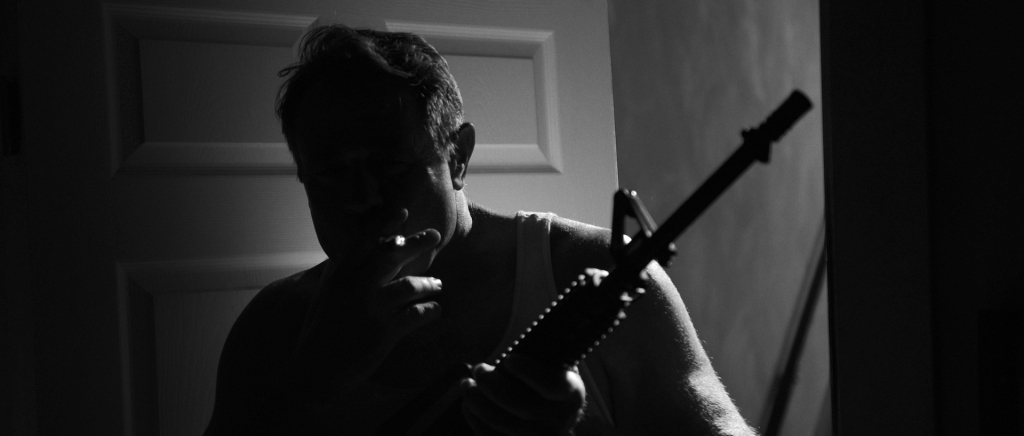
Butler’s debut is very much not your typical horror fare, full of the aforementioned long-winded conversations and a strong allegorical sense.
The movie’s official synopsis explicitly references Absurdist/Existentialist writers like Jean-Paul Sartre or Samuel Beckett, which feels appropriate to the sense of a seemingly average person thrown into strange, inexplicable circumstances, with seemingly no purpose or escape. It’s either clever or a bit pretentious, depending on your point of view (or is it possibly both?).
Friend of the World is most successful in its early going when the nature of this particular apocalypse is still coming into view.
At first, we’re not even sure there’s an apocalypse at all, or if Gore is keeping Diane in this place under false pretenses. While that idea is quickly disproven, for a while we’re still unsure exactly what has happened.
Was there actually some kind of extinction-level event, or are the characters already dead? The film does eventually provide something in the way of answers, but I couldn’t help but miss that early sense of ambiguity.
It’s clear that Butler isn’t really trying to tell a straightforward story, and the symbolism ends up muddying the waters even further.
Is there significance to the fact that Diane is a filmmaker and Gore’s name is, well, Gore? Is Diane an avatar for Butler, and does Gore represent the bloodlust that tempts him away from his more high-minded artistic inclinations? Your guess is as good as mine on that.
I think Butler does want us to ruminate on the divides in America along racial, generational, and ideological lines.
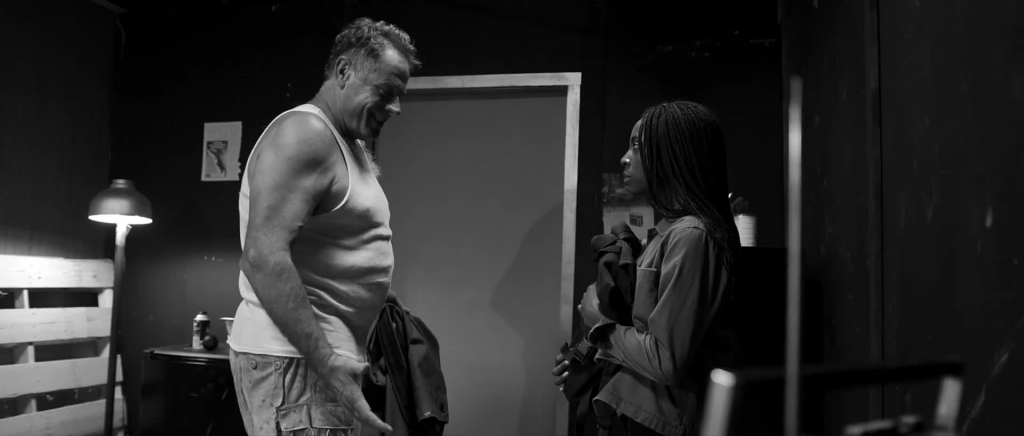
The two main characters represent both poles of this divide: a young Black woman in the purely creative, uncommercial field of experimental filmmaking, and an older white man representing the craven, militaristic, violence-worshiping impulse.
Yet the movie doesn’t side completely with Diane; it’s pretty clear she needs Gore’s particular skills in order to survive.
One of the film’s most surprising elements is the partnership that forms between them, and Butler clearly wants us to see the duality between these two seemingly opposite characters, even dissolving from one’s face to the other at a certain point.
I can’t say I really loved FRIEND OF THE WORLD; it feels like it’s trying a bit too hard for depth that it doesn’t quite earn, and often feels nonsensical just for its own sake.
That said, there are some things to enjoy about it, chief among them a surprising sense of humor to it that other self-described experimental works don’t always have.
Slade and Young both give solid, enjoyable performances that meet the strange circumstances being asked of them, and Diane’s “mild hallucinations” after taking the antidote is a delightfully WTF moment of the kind I wish the movie used more often.
The sparingly-used practical makeup effects are clearly made on the cheap, but are appropriately icky all the same, aided by Cinematographer Ray Gallardo’s artful high contrast black-and-white photography.
Also of note is the overachieving score, which is mostly made up of various avant-garde pieces beautifully performed by violinist Stefan Krut.
Love it or not, Butler’s debut has a lot on its mind, even if it feels like it sometimes overreaches in the telling.


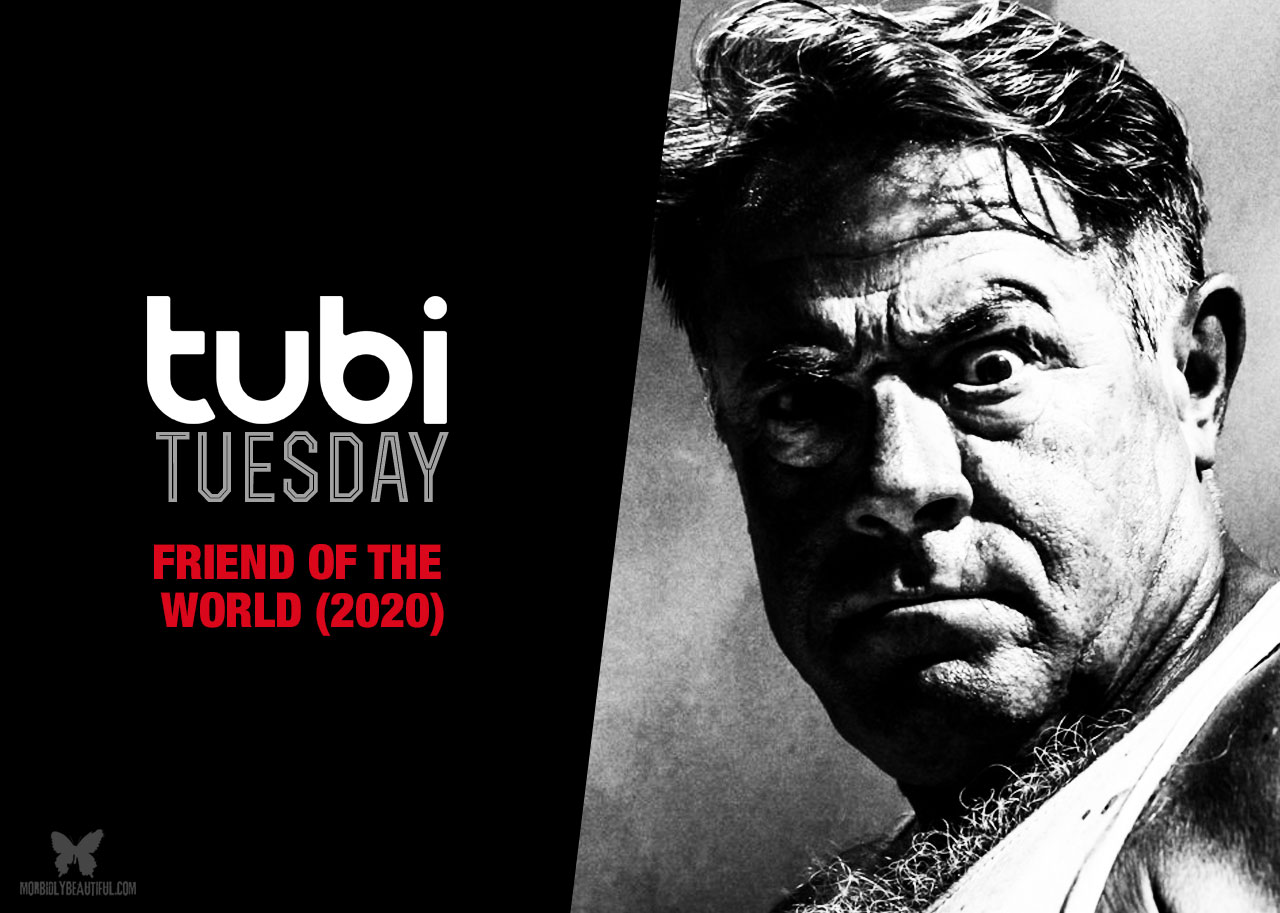
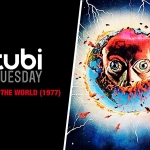

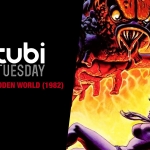






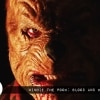
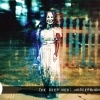
Follow Us!